Nvidia GeForce RTX 5090 Founders Edition Review
The Nvidia GeForce RTX 5090: A Next-Gen Leap Fueled by AI
Nvidia's RTX 5090 is the latest in a line of high-end graphics cards promising generational leaps in PC gaming performance. However, its advancements are less about raw power and more about leveraging AI to achieve unprecedented frame rates. While the performance boost over the RTX 4090 isn't dramatic in many games without DLSS Frame Generation, DLSS 4's enhancements in upscaling and frame generation deliver significant improvements in image quality and performance that surpass typical generational upgrades.
The value proposition of the RTX 5090 hinges on your gaming setup and tolerance for AI-generated frames. For users with displays below 4K 240Hz, the upgrade is unlikely to be worthwhile. But those with high-end displays will experience a glimpse into the future of gaming with AI-generated frames.
Nvidia GeForce RTX 5090 – Image Gallery

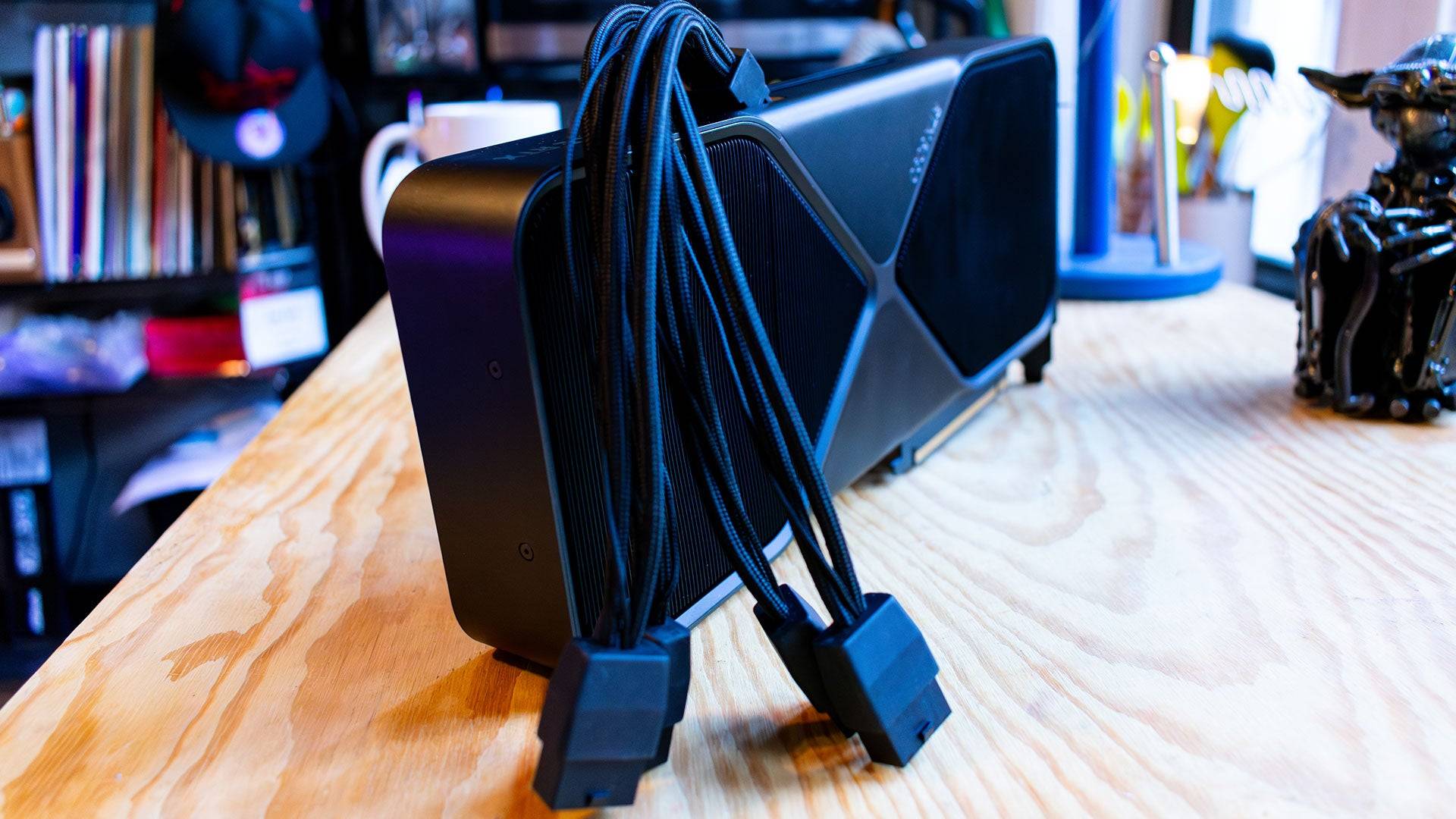 5 Images
5 Images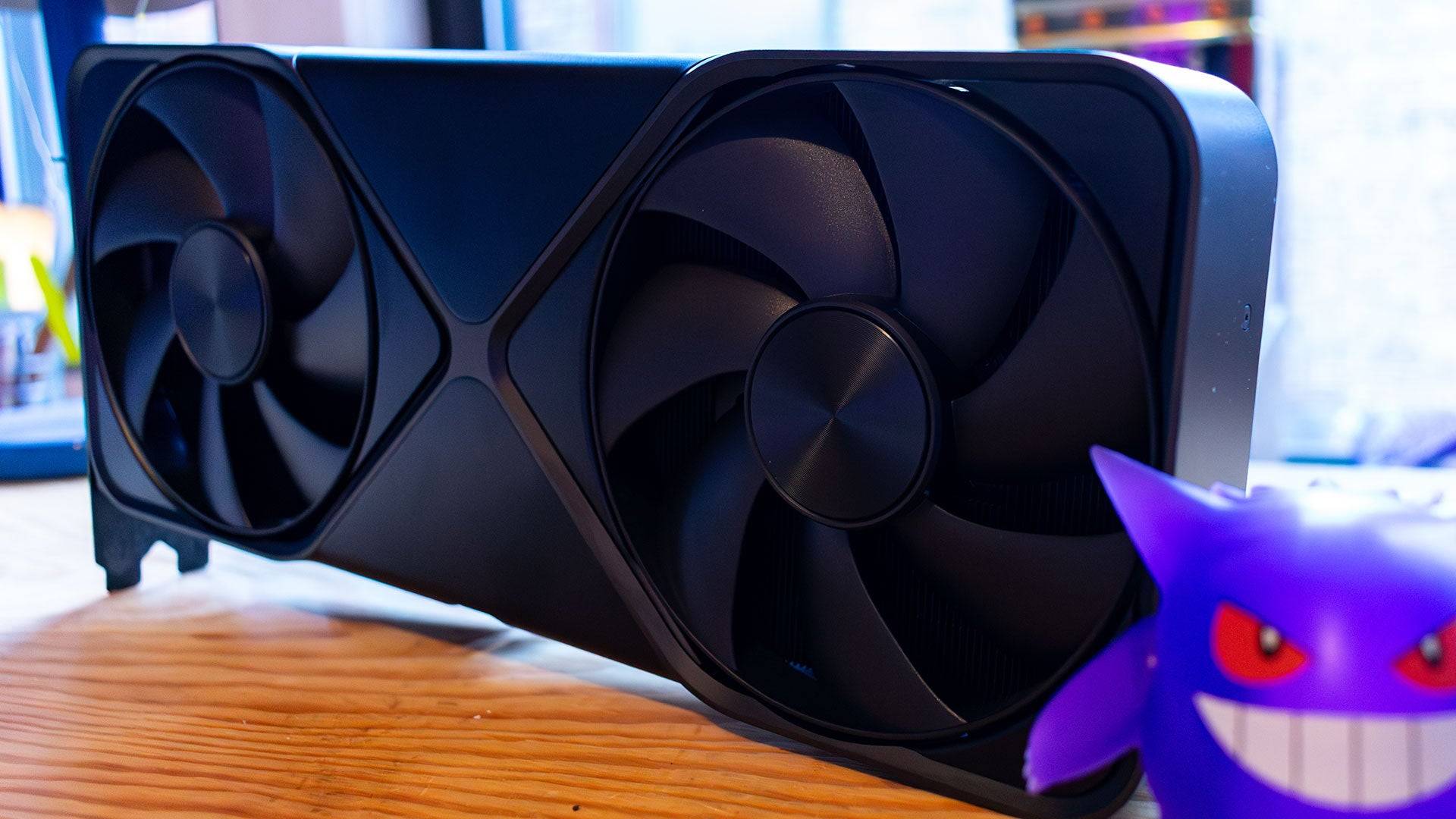


RTX 5090 – Specifications and Features
Built on Nvidia's Blackwell architecture (also powering leading AI models), the RTX 5090 excels in AI-related tasks. However, its non-AI capabilities are not neglected. The card boasts a 32% increase in shader cores (21,760 compared to the RTX 4090's 16,384) due to increased Streaming Multiprocessors (SMs) within the same Graphics Processing Clusters (GPCs). Each SM includes four Tensor Cores and one RT Core, resulting in a significant boost in Tensor and RT core counts compared to its predecessor. The 5th-generation Tensor Cores support FP4 operations, reducing VRAM dependency for AI workloads.

The RTX 5090 utilizes 32GB of GDDR7 VRAM, offering a generational leap in memory speed and efficiency over the RTX 4090's GDDR6X. Despite this, its power consumption is a substantial 575W, a significant increase over the RTX 4090.
The enhanced efficiency of the new Tensor Cores enabled a shift to a Transformer Neural Network (TNN) for the DLSS algorithm, improving image quality and reducing artifacts. Furthermore, Multi-Frame Generation (MFG) refines the Frame Generation technology from DLSS 3, generating multiple frames from each rendered image for a dramatic frame rate increase. Similar to its predecessor, MFG is most effective when paired with a decent base frame rate.
Purchasing Guide
The Nvidia GeForce RTX 5090 launched on January 30th, with a starting price of $1,999 for the Founders Edition. Third-party cards are expected to command higher prices.
The Founders Edition
Despite requiring 575W, the RTX 5090 Founders Edition surprisingly features a smaller, dual-slot design with dual fans. This is achieved through a redesigned PCB placement and cooling system. Temperatures during testing peaked at 86°C under full load (578W), remaining below throttling thresholds. The card's design draws air from the bottom and expels it through the top, eliminating exhaust vents on the rear.

The design aesthetic is consistent with previous generations, featuring a silver 'X' design and a 'GeForce RTX' logo with white LEDs. The power connector is a new, supposedly more efficient 12V-2x6 connector, including an adapter for four 8-pin PCIe power connectors. The angled connector placement improves cable management.
This compact design allows compatibility with smaller PC cases, unlike previous high-end cards. However, third-party versions are likely to be larger.
DLSS 4: AI-Powered Frame Generation
Nvidia claims performance boosts of up to 8x with DLSS 4. While not always reaching that level, the RTX 5090 achieves remarkably high frame rates, largely due to its frame generation capabilities. The new AI Management Processor (AMP) core efficiently manages workload distribution across the GPU, significantly improving MFG performance compared to DLSS 3. The AMP, combined with 5th-generation Tensor Cores, enables a 40% faster frame generation model using 30% less memory, generating three AI frames per rendered frame. A Flip Metering algorithm minimizes input lag.
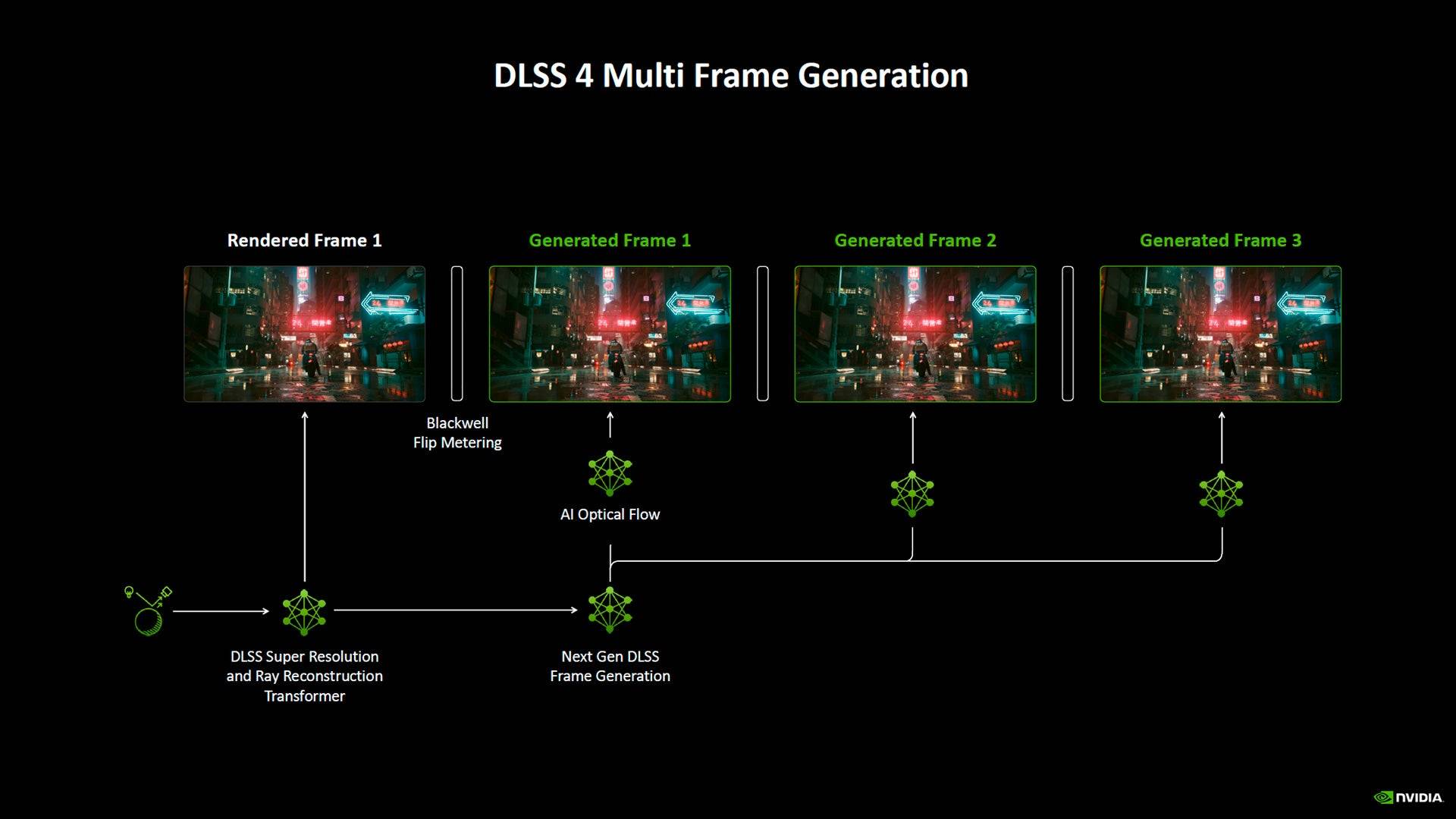
MFG's effectiveness is dependent on achieving a sufficient base frame rate (around 60fps). Enabling MFG with low base frame rates can introduce noticeable latency. Pairing MFG with DLSS upscaling maximizes performance. At launch, DLSS 4 support was limited, but Nvidia promised support for 75 games. Testing in Cyberpunk 2077 and Star Wars Outlaws showed impressive results, with minimal artifacts.

RTX 5090 – Performance Benchmarks
The RTX 5090's performance is impressive but complex. 3DMark benchmarks show a significant generational leap over the RTX 4090. However, real-world gaming performance reveals CPU bottlenecks in many titles, even at 4K with a high-end CPU like the Ryzen 7 9800X3D. For users with existing high-end cards, the upgrade might not justify the cost. The card's true potential will be realized with future games.
Testing was conducted without DLSS 4, using public drivers (Nvidia Driver version 566.36 and AMD Adrenalin 24.12.1).
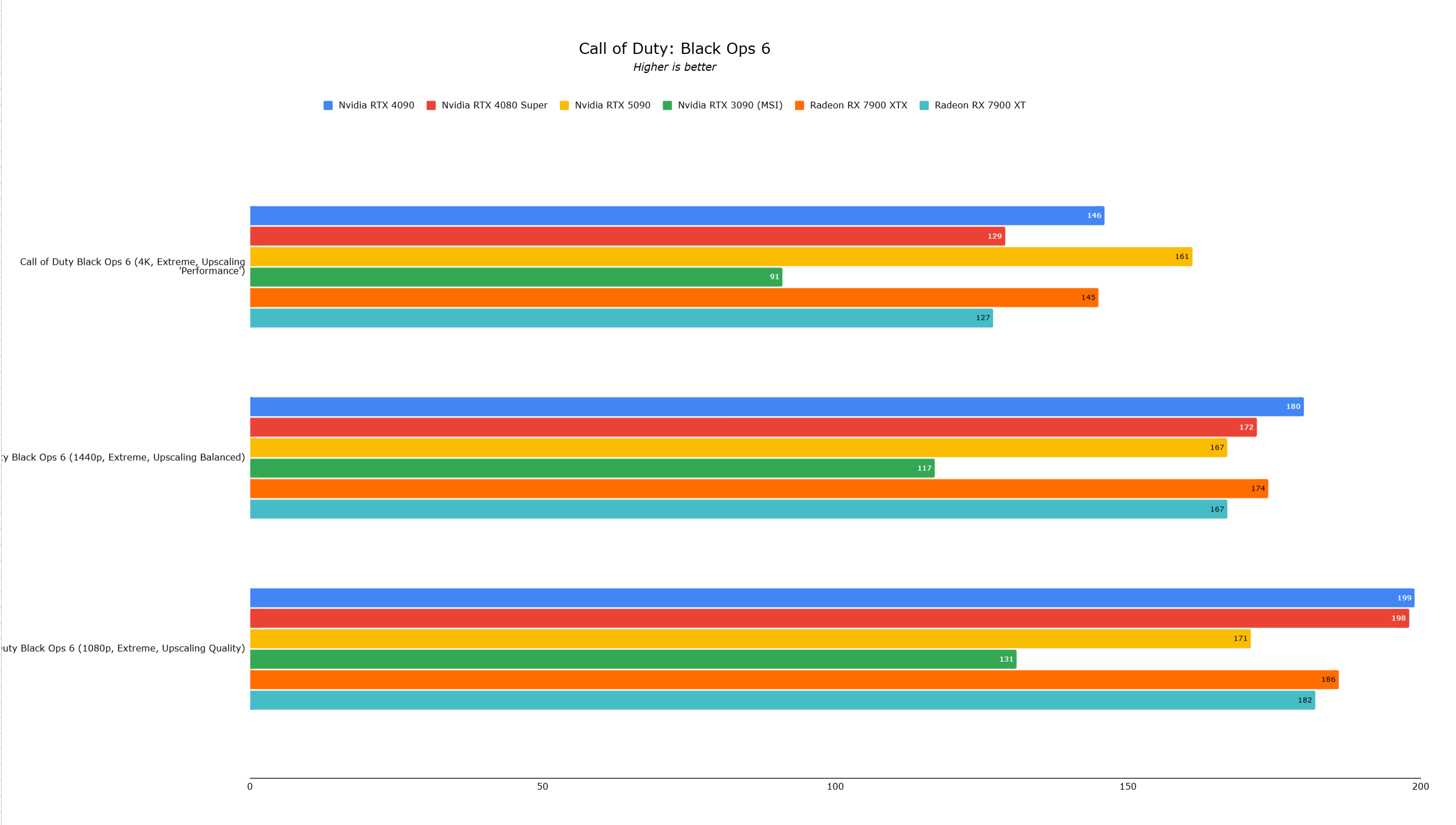
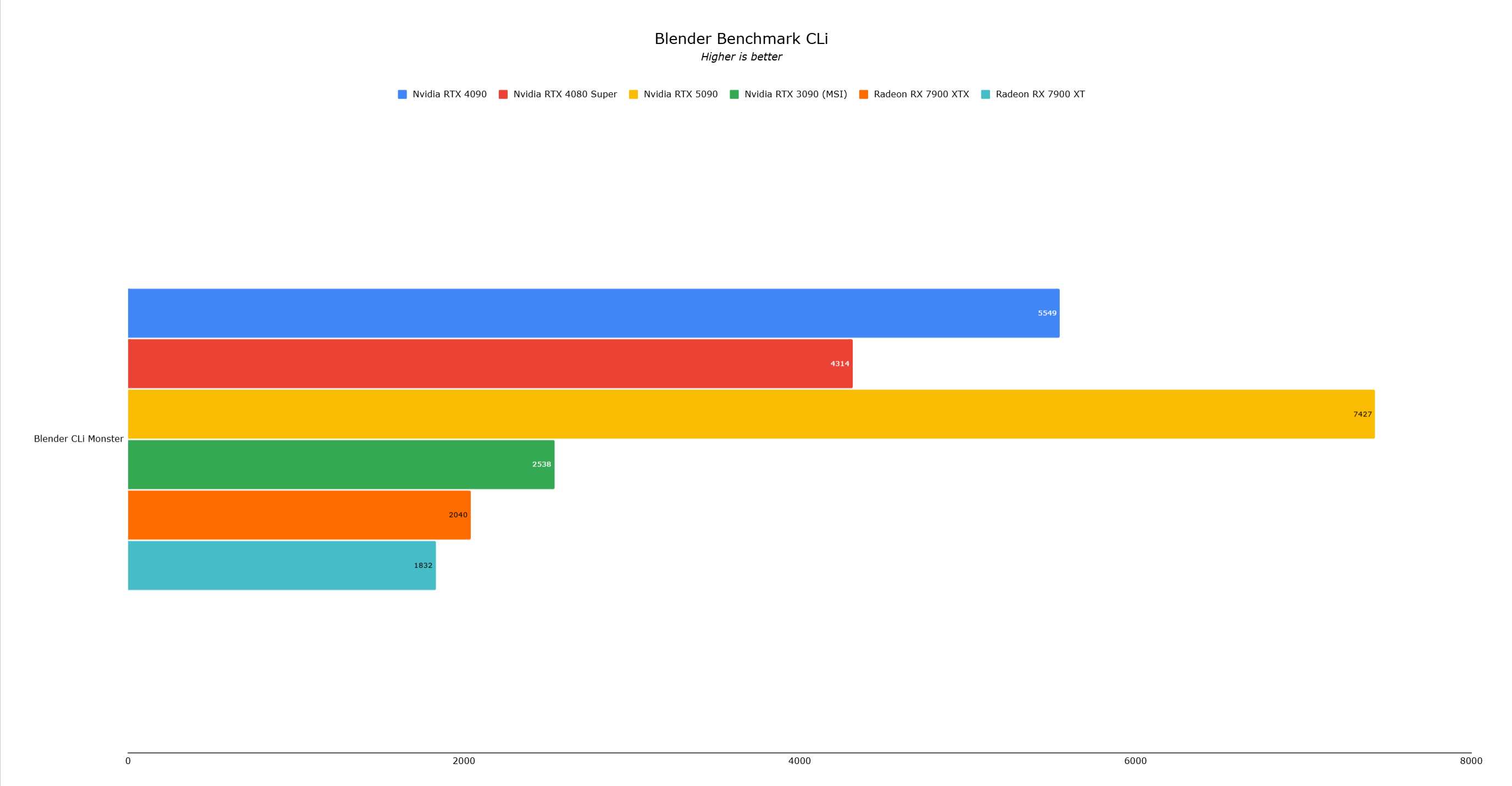 14 Images
14 Images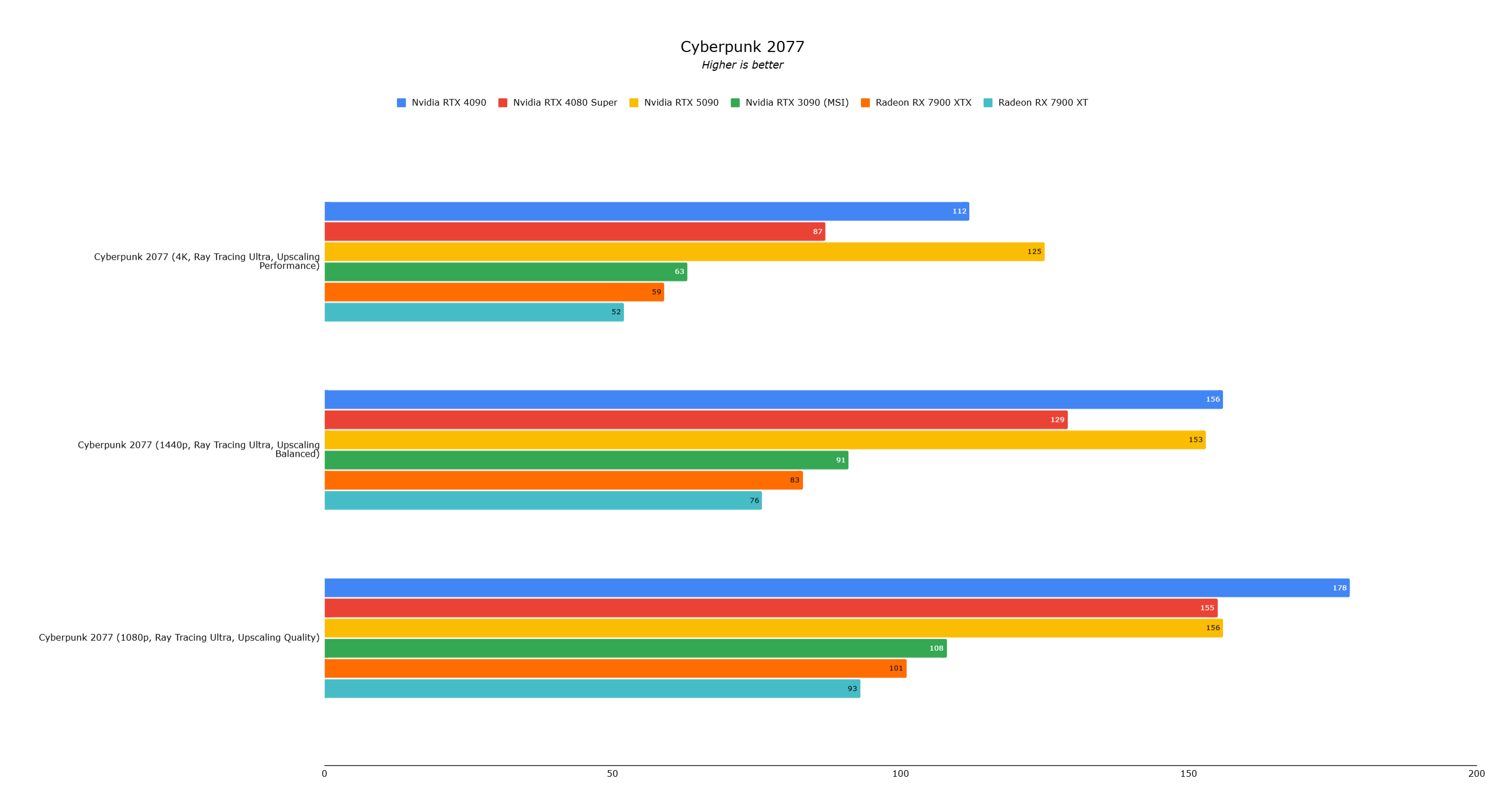
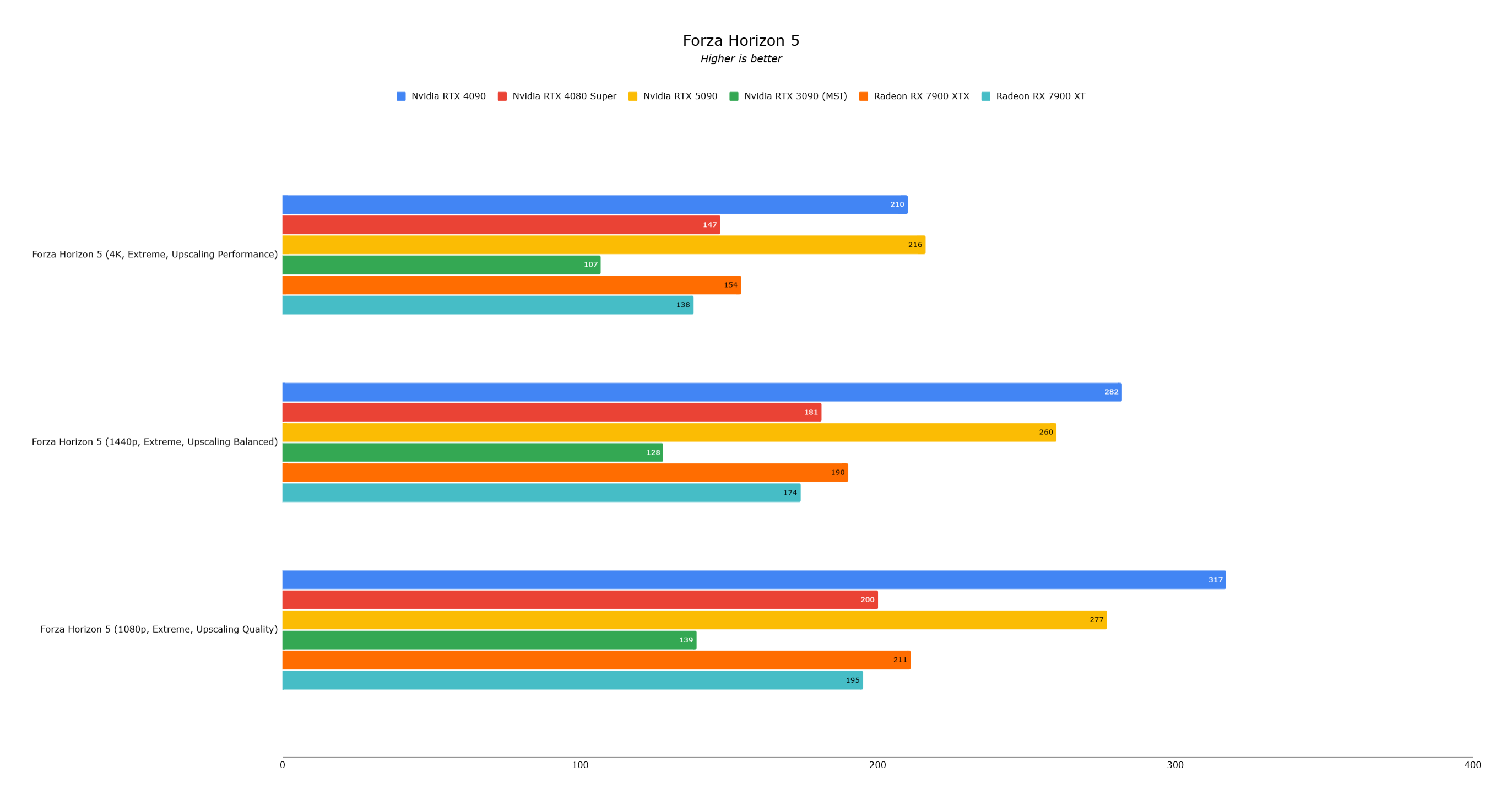
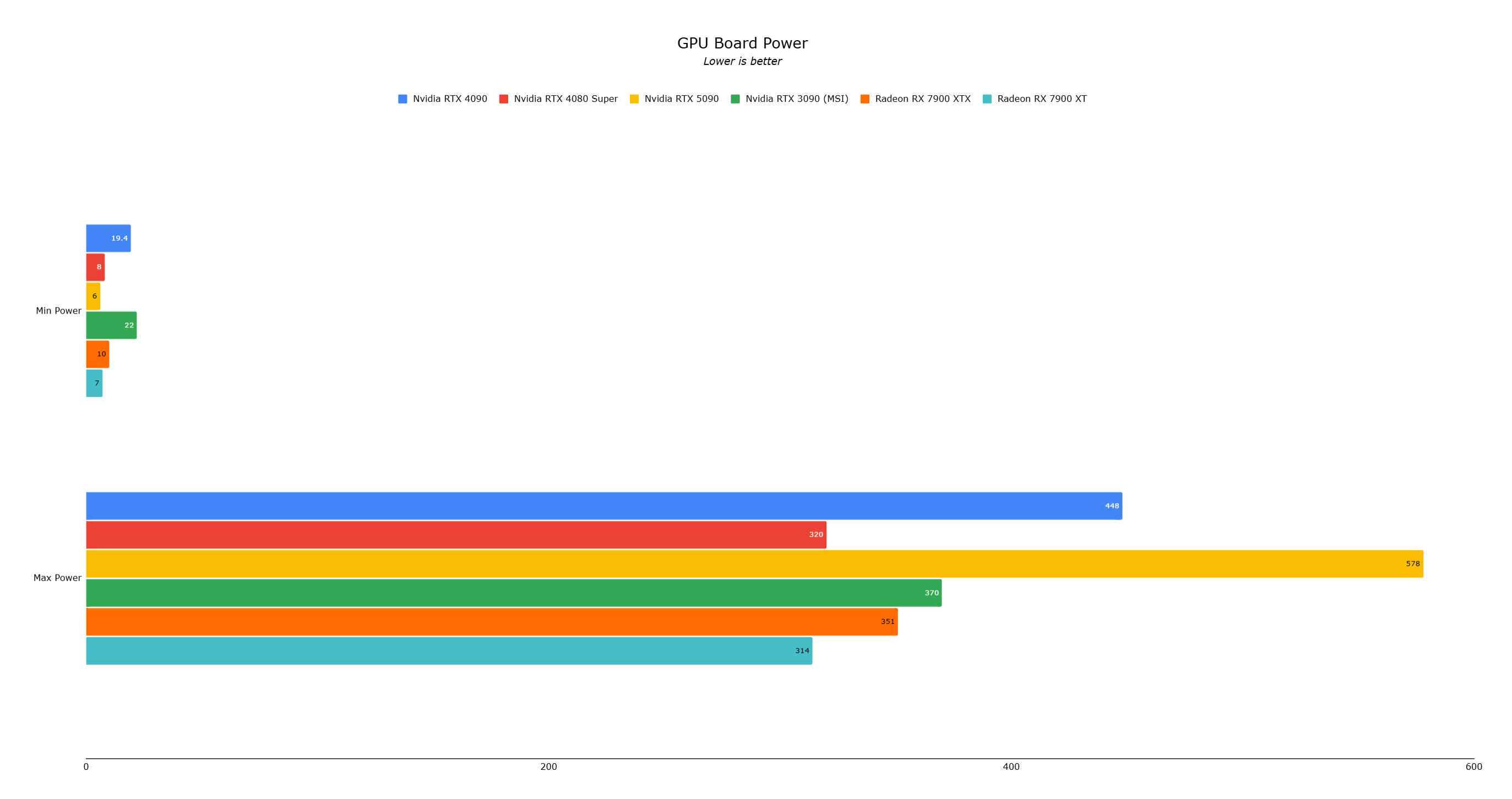
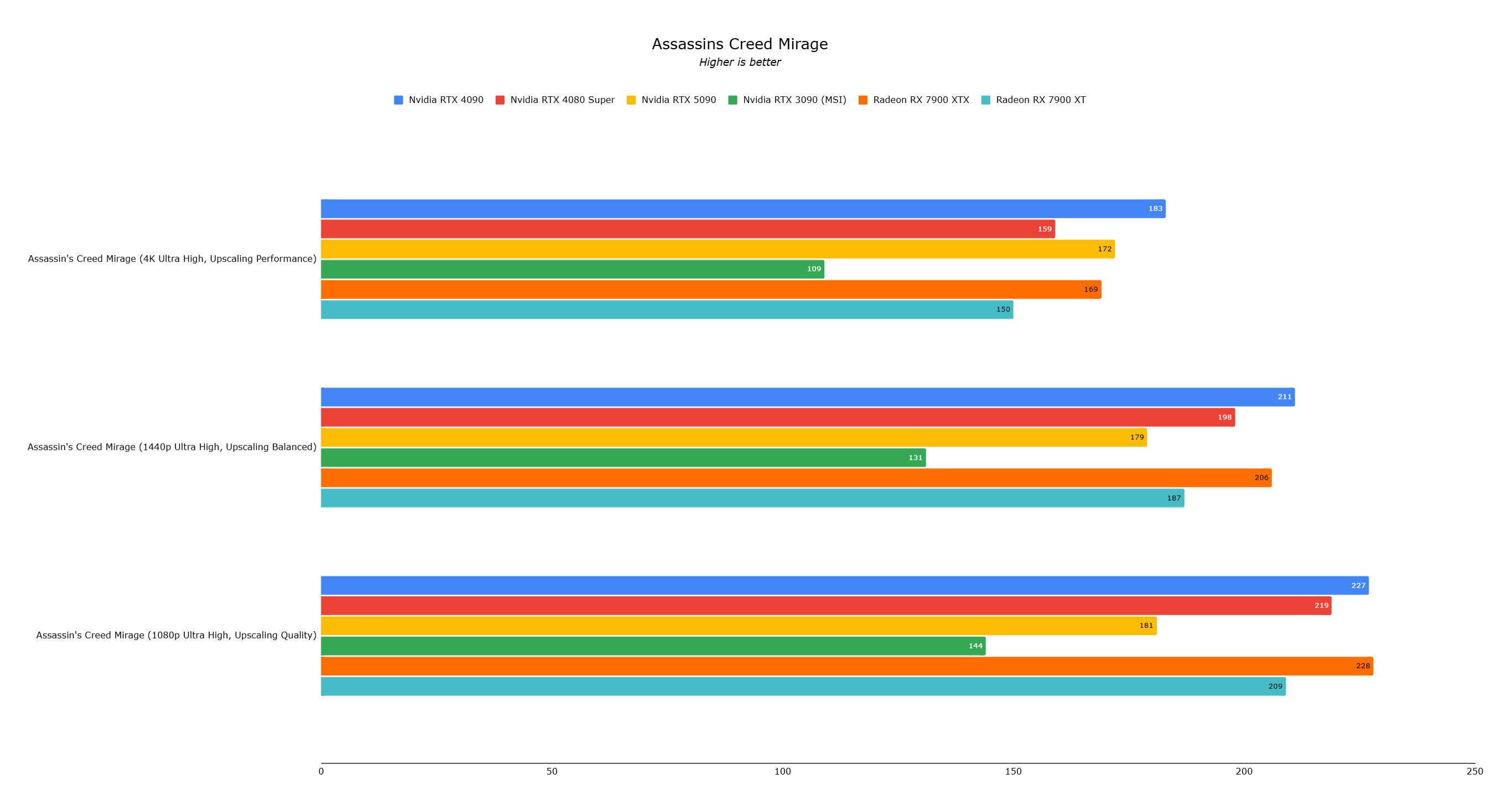
Conclusion
The RTX 5090 is undeniably the fastest consumer graphics card available, but its performance gains over the RTX 4090 are often limited by current game engine limitations and CPU bottlenecks. Its future-proofing relies heavily on the continued development and adoption of AI-powered gaming technologies like DLSS 4. While impressive, the RTX 5090 is a premium investment best suited for enthusiasts seeking cutting-edge technology and willing to embrace AI-enhanced gaming. For most users, the RTX 4090 remains a powerful option for several years to come.
AnswerSee Results- 1 Zenless Zone Zero [ZZZ] Codes (December 2024) – 1.4 Livestream Codes Feb 08,2025
- 2 Capcom Spotlight February 2025 and Monster Hunter Wilds Showcase: Everything Announced Mar 05,2025
- 3 New LEGO Sets for March 2025: Bluey, Harry Potter, and More Mar 06,2025
- 4 Gothic 1 Remake Demo: Frame-by-Frame Comparison with Original May 01,2025
- 5 PUBG Mobile Redeem Codes for January 2025 Live Now Feb 13,2025
- 6 Blazing Conquest: Conquer Lords Mobile on Mac with BlueStacks Air Feb 21,2025
- 7 "Tower of God: New World Introduces Alphine and Kaiser" Jun 28,2025
- 8 Pokémon TCG Pocket Unveils Premium Pass and Trade Tokens Apr 21,2025
-
Best Racing Games to Play Now
A total of 10
-
Top Business Management Apps for Android
A total of 10
-
Best Competitive Multiplayer Games on Android
A total of 10










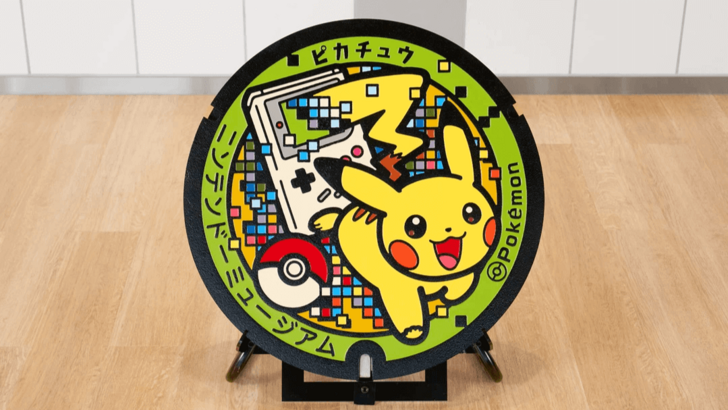


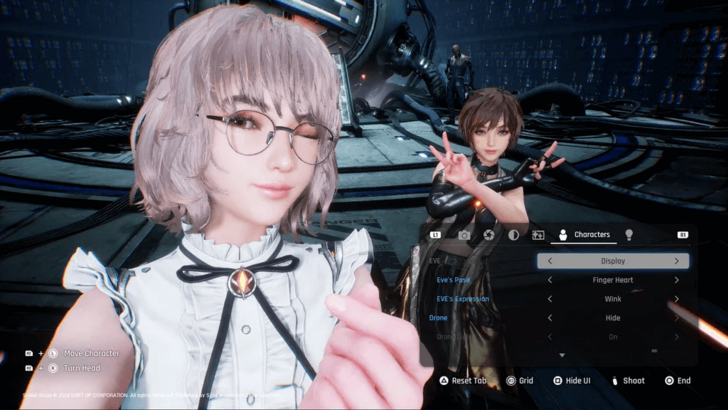



![Business of Loving [v0.12.5i] [Dead End Draws]](https://imgs.96xs.com/uploads/18/1719555107667e5423ef803.jpg)












